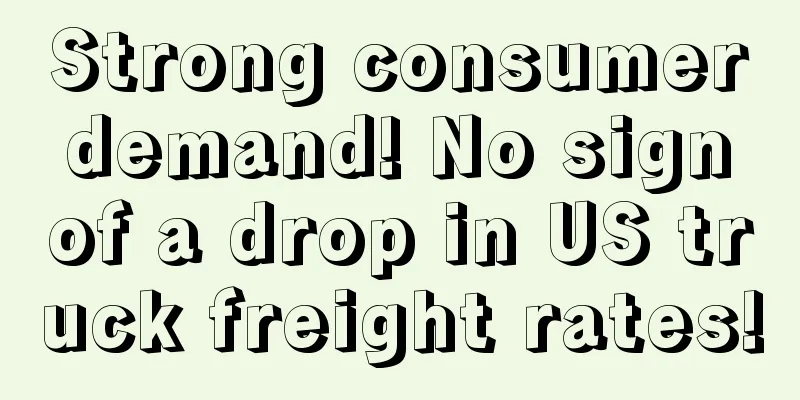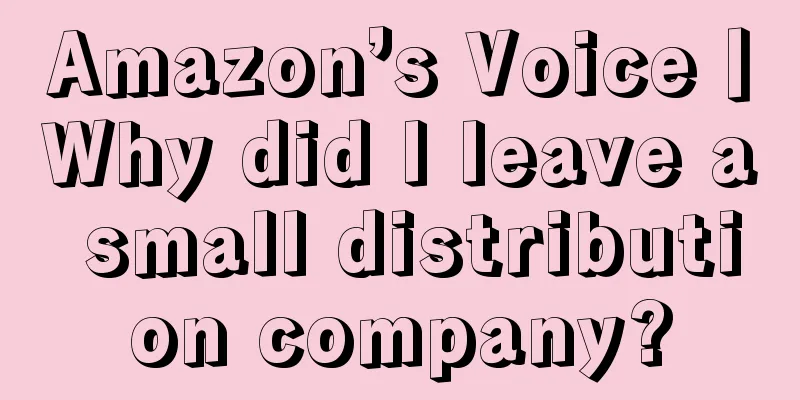The market is picking up, consumption is rebounding! Health and beauty sales are on the rise during the peak season!

|
According to foreign media reports, second-quarter earnings from retail giants such as Target and Walmart show that American consumers' spending on health and beauty products is resilient. A popular trend is that health and beauty shoppers are increasingly inclined to buy the products they need online. Last week, Target said on its earnings call that its health and beauty businesses remained strong despite weak consumer demand that led to a 5.4% drop in comparable sales compared to the same period last year. “Continued growth in its core businesses (essentials, beauty and food and beverage) offset declines in discretionary categories,” said Christina Hennington, the company’s chief growth officer. “The beauty business was particularly strong, with double-digit growth. Ulta Beauty sales in Target stores more than doubled year-over-year.” In its most recent quarterly earnings report, Walmart noted that in addition to continued strong performance in grocery, health and wellness products were also one of the strong performing segments. Walmart Chief Financial Officer John Rainey said on the earnings call that comparable sales in the United States (excluding fuel) increased 6.4% as the number of in-store and online transactions continued to grow. Speaking of specific categories, he said: "Health and wellness sales continued to perform well, and we were also encouraged by the small sequential growth in general merchandise. E-commerce sales surged 24%, driven by store pickup, delivery and advertising." During the conference call, the executive said sales in the health and wellness category were up in the high teens. “In the second quarter, we saw a 240 basis point shift in sales mix from general merchandise to groceries and health products,” said John Rainey. “We believe this shift may indicate that consumers with limited budgets are redirecting their dollars toward health and beauty spending – which in turn will drive the health and beauty category ahead of other categories. Moreover, even in the face of macro pressures, consumer spending on wellness and maintaining/improving health continues to be resilient.” Online retailers will have a tailwind According to the latest data released by PYMNTS, as of the end of the second quarter, Amazon accounted for 5.1% of the health and beauty products market, up from 2% before the epidemic. Walmart's market share in this category was 5.9%, also higher than before the epidemic. Additionally, according to a report from PYMNTS and Amazon Web Services titled Tracking the Digital Payment Takeover: Seizing the Coming E-Commerce Wave, 39% of consumers will increase their spending on health and beauty products in the next year, which is undoubtedly a boon to companies like Target, Walmart and Amazon. Editor ✎ Nicole/ Disclaimer: This article is copyrighted and may not be reproduced without permission. |
<<: Amazon is bringing sponsored product ads to “Pinterest and BuzzFeed”!
Recommend
The U.S. pet market is cooling down, but this category is growing against the trend!
It is learned that according to foreign media repo...
What is Amazon Custom? Amazon Custom Review
Amazon Custom means that sellers can provide buyer...
Amazon gives up social e-commerce! This feature has been shut down
In China, social e-commerce is a cash cow that is...
Key factors and effective methods to improve Amazon BSR ranking
What are the factors that influence Amazon’s BSR r...
What is DHLink? DHLink Review
DHLink is a comprehensive logistics service platfo...
What is the Kirin Plan? Kirin Plan Review
The Kirin Plan is a strategic deployment for Zheji...
What is PSE certification? PSE certification evaluation
PSE certification is a mandatory safety certificat...
GMV surges 30%, Chinese sellers eye Russian cross-border e-commerce
When the domestic e-commerce and logistics markets...
US chip bill passed! Will chip shortages hit 3C sellers soon?
It is learned that according to foreign media repo...
Costco's online sales momentum is strong! Sales increased by 20.8% in June
<span data-shimo-docs="[[20,"获悉,据Costco最新报...
FBA delivery policy tightened again! Storage limit will be limited in July
Today, Amazon Europe released a new storage restr...
Orders plummeted by 50%! The US's 20% tariff increase officially took effect!
Recently, a "heavy hammer" of US trade ...
Amazon's big seller files for bankruptcy! A large number of sellers cut their orders in half!
Since 2022, in an environment where the global mar...
Big news! The US will cancel the $800 import duty-free policy! Temu and SHEIN are hit hard
According to a report on the Wall Street Journal ...
What is Yanglaoban.com? Yanglaoban.com Review
Yanglaoban.com is a cross-border e-commerce invest...


![Walmart Operation Guidelines and Notes [2019]](/upload/images/67e6f1166356d.webp)






